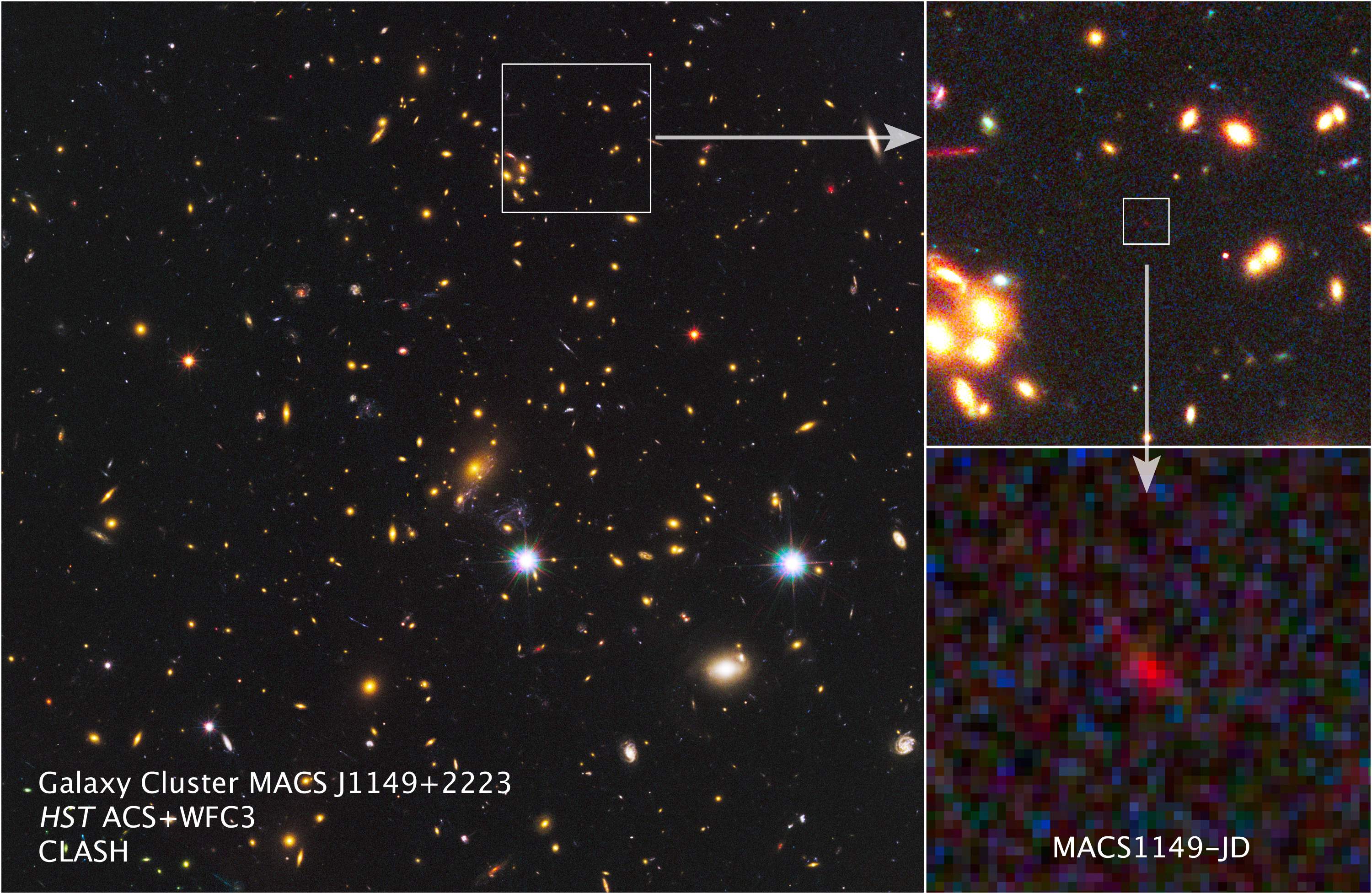When we look at objects around us we think that we see them as they are right at that moment. We do not feel any delay between what we see and what is happening right now. But in reality, it takes a tiny bit of time for the light reflecting from an object to hit our eyes. The reason that we are not aware of that time delay is just that the speed of light is so unimaginably fast, 300000 kilometres per second. A light pulse takes just about one second to travel from Earth to the Moon. So if you point a laser beam at the mirrors that the Apollo astronauts have left on the Moon, you will observe the reflection back after about two seconds. This is an experiment routinely carried out to measure the Earth-Moon distance.
It takes about 8 minutes for the light to reach us from our sun. The nearest star is about 4 light-years away and our galaxy, which means that the light emitted from that star in our direction has taken four years to reach us. We see the star as it was 4 years ago.
As we look at stars and galaxies further and further away, we are also looking further and further into the past. We can’t look infinitely far, simply because the universe has a finite age of about 13.8 billion years. With modern telescopes, we can see galaxies so far away that the universe was much younger when the light started on its way to us. Most of the stars that we see in that distance probably don’t exist anymore. They have long since died in a supernova blast.
Now researchers from University College London have investigated an object called MACS1149-JD1 that is 13.28 billion lightyears away from us. This means that we see the object at a time when the universe was only roughly 500 million years old. So we might think that we are seeing the first generation of stars in the universe. But it turns out that the stars in galaxy MACS1149-JD1 are not the first ones around.

Image credit: NASA, ESA, W. Zheng (JHU), M. Postman (STScI), and the CLASH Team
How can we know this? The astronomers were able to measure the spectrum from the distant and faint galaxy. This means they split up the light into all its colours just as a rainbow does. When doing this, different chemical elements leave different signatures, black lines in the colour spectrum. And using this technique, the scientists found that the chemical element oxygen is present in the stars.
We know that oxygen was not formed during the big bang but was produced by stars when they undergo a supernova explosion and die. The stars observed in MACS1149-JD1 must have already had predecessors which produced the oxygen during their death.
The conclusion is that we can already look to almost the beginning of the universe but we have yet to find a galaxy made from stars of the first generation. Maybe, in future, telescopes such as the James Webb telescope will be able to make out these distant objects.
Science against prejudice
Science against racism
Nice post ! You got 21.05% upvote from @flymehigh. Earn free sbd/steem daily by delegating(renting) your SP. We share high return, click here to delegate your sp to flymehigh if you don't know, how to earn passive income by delegating your SP click here for more info Join our discord You can promote your posts. Thanks.
Downvoting a post can decrease pending rewards and make it less visible. Common reasons:
Submit
You got a 3.59% upvote from @oceanwhale With 35+ Bonus Upvotes courtesy of @plasticmars! Delegate us Steem Power & get 100%daily rewards Payout! 20 SP, 50, 75, 100, 150, 200, 300, 500,1000 or Fill in any amount of SP Earn 1.25 SBD Per 1000 SP | Discord server
Downvoting a post can decrease pending rewards and make it less visible. Common reasons:
Submit